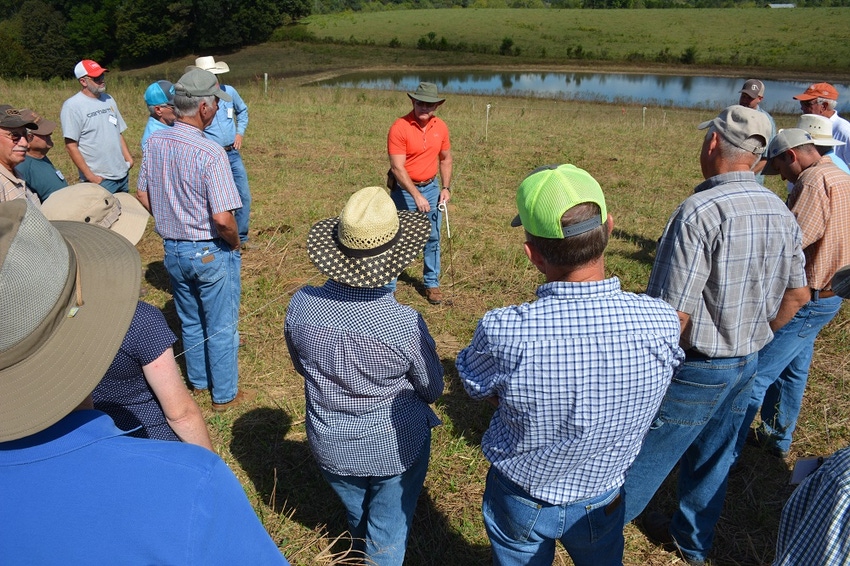
I pay subscriptions annually for several farm/ranch publications and always find things to argue about in them.
One of those comes from Joel McNair, who publishes a hard copy monthly paper that he calls GRAZE. Like most good editors he gets to travel and visit lots of farms/ranches. He writes editorials and invites freedom of differing views. Most of us like at least a good quantity of contention and debate. Often we are a little closer together than we realize.
Recently McNair wrote about what we’ve learned about grazing, mostly from a dairy standpoint. Remember that most dairymen love steering wheels and concrete and buildings and material handling.
A real important issue and point that Joel acknowledges is the imbalance of forage protein-to-energy ratios in most dairy pastures. The forage is high in protein (much of which is NPN) and low in energy. I think he fails to understand the real underlying problem. The real issue is the failure to study, learn and move toward the natural model, which is more balanced, on the average.
Immature forage mixed with mature forage delivers health and production. The more diverse the plants, the better the results. The higher the percentage of C4 (warm-season) plants, up to about 75%, the better the response.
The key to early spring grazing is residual growth from the previous growing season with four to eight inches of C3 (cool-season) growth in the understory. Clean farming based on pretty, and “gettin' it all” will not work and never have. Such management has no place in the natural model. Ditto the same management that emphasizes mono-, bi-, tri-cultures of plants; the cover crops with the most different seed species have the most success. Eight is better than four, 12 is better than eight, 20 is better than 12, and fifty is best of all. Nature often delivers as many as 150 plant species annually on an acre of ground.
In reference to seed heads and cattle production and grazing, the natural model yields the highest gains during periods when dry matter consumption of immature seeds is in the 10-20% range. Huge plant diversity extends this window drastically. Extremely good production of milk and finishing is rather simple. High-density grazing with complete recovery and huge plant diversity in the pasture opens the quality window and keeps it open longer. C4 plants are more health promoting to all herbivores and most microbes that I am aware of.
Quality hay may become a health necessity when forage and soil health are lacking. Cool-season grasses do not build soil health and certainly have few positive effects in soil horizons below six inches. Cool-season dominance yields the summer slump, which can easily extend well into fall.
Grazing and hay production most always antagonize each other. Mixing the material handling business and the grazing business reduces the profitability of both enterprises. A few producers have completely separated the two and it has become a no-brainer. Quality hay production is a mining operation that takes out soil health and quality plants in one swoop. The result is to send more money to town or down the hill to the creek.
I totally agree with the aforementioned McNair that hopefully we will understand much more about the workings of soil biology and plant and animal health and their close interrelationships in another 10 years. We have certainly gained a bunch of knowledge in the past decade. The problem is that we have been moving at a snail’s pace on the adaptive side.
About the Author(s)
You May Also Like






